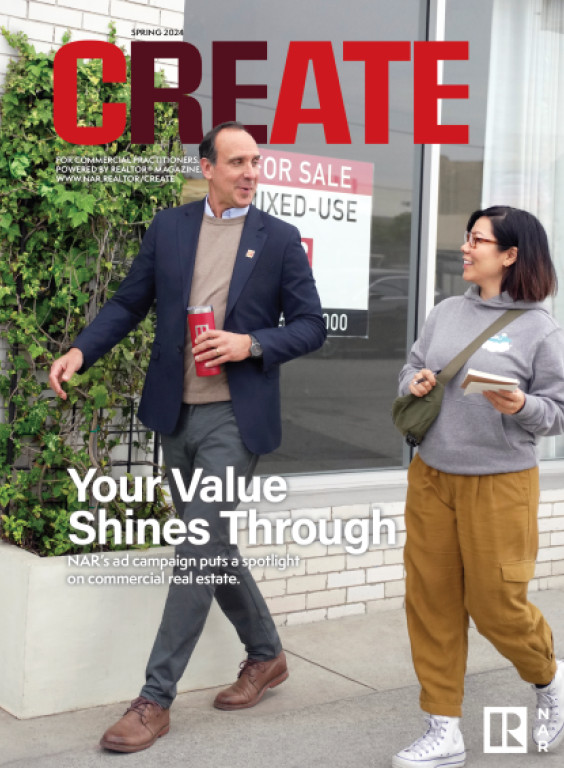Is this as good as it gets? Heading into the second quarter of 2024, commercial real estate professionals are holding out for an answer to that question as they wait for interest rate cuts and ponder whether to greenlight transactions and seek out business opportunities that have been on hold for the last year or more. Many commercial real estate leaders are in limbo, waiting on action by the Federal Reserve.
Fed officials want to see a continuation of the good inflation data they’ve recently seen before they cut interest rates, said Fed Chair Jerome Powell at a press conference in late January. A Fed governor, Christopher Waller, made a similar point in a speech at the Brookings Institution in January. After describing recent improvement, he said, “For a macroeconomist, this is almost as good as it gets. But will it last?”
“Investors and other commercial real estate participants are patiently waiting for the Fed’s direction on short-term rates so there can be stability in borrowing costs,” says Brent Raindl, Dallas Region chairman of PlainsCapital Bank. “While debt is only one component of the capital stack, it does have an impact on new projects, with the amount of equity required and pricing of existing CRE assets. Significant capital in both public and private sectors has been allocated to CRE that investors are patiently waiting to invest. Once the Fed begins to cut, I think you’ll see an increase in CRE transactions.”
Keeping Data in Perspective
When evaluating the data, perspective is important, says Lawrence Yun, chief economist for the National Association of REALTORS®. Data from investment research firm MSCI shows the volume of commercial real estate transactions declined by 51% in 2023 from 2022. But relative to the average annual pace of deal volume seen from 2015 to 2019, volume was down by only 32%.
“That data on transactions is showing quite a sizable decline,” Yun says. But a comparison between 2023 and 2022 requires a broader context.
A broker who shares that view is Dan Spiegel, SIOR, senior vice president and managing director at Coldwell Banker Commercial. “2022 was a very strong year for commercial real estate. At least for Coldwell Banker Commercial, we were at a 10-year high in 2022. The industry’s dropping 51% in 2023, while dramatic, is coming off a very high point of comparison.”
Factoring in Inflation
The Fed previously said three rate cuts might be coming in 2024. “It depends on the path of inflation, and I think inflation will be much calmer,” Yun says. “With the interest rate for commercial real estate having come down 1% toward the end of last year, that would imply more than three rate cuts in the market.
“One key determinant of the path of inflation is apartment rents,” Yun adds. “Extensive apartment construction in the past two years created an oversupply. With the rent component of the data being less volatile in the upcoming months, that will bring overall inflation down.”
Yun anticipates a best-case scenario where decelerating inflation gives the Fed a reason to cut interest rates more deeply, more than three times. “And that means cap rates can begin to come down. So, property owners will no longer see depreciation in their values.”
For Raindl, the best case would be the Fed succeeding in its dual mandate and accomplishing an economic “soft landing” where conditions are ripe for growth. “If the Fed can navigate this mandate and provide some clarity on where short-term rates are moving, CRE participants would have the present and future stability they need,” Raindl says.
The can’t-miss commercial real estate investing conference, 2024 C5 + CCIM Global Summit!
















